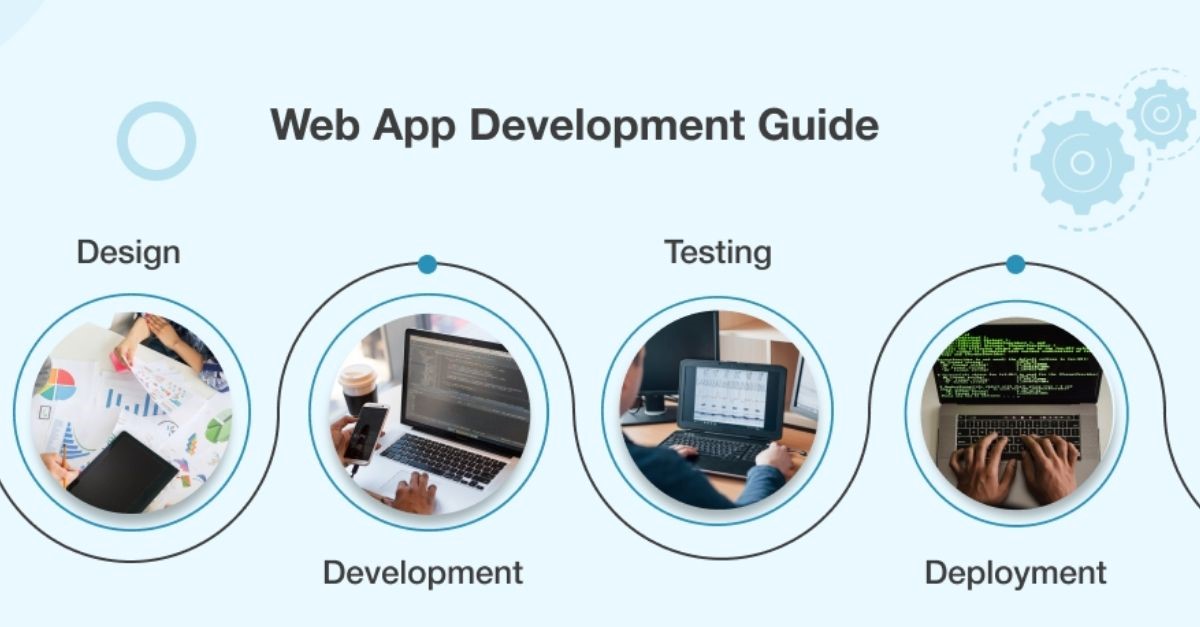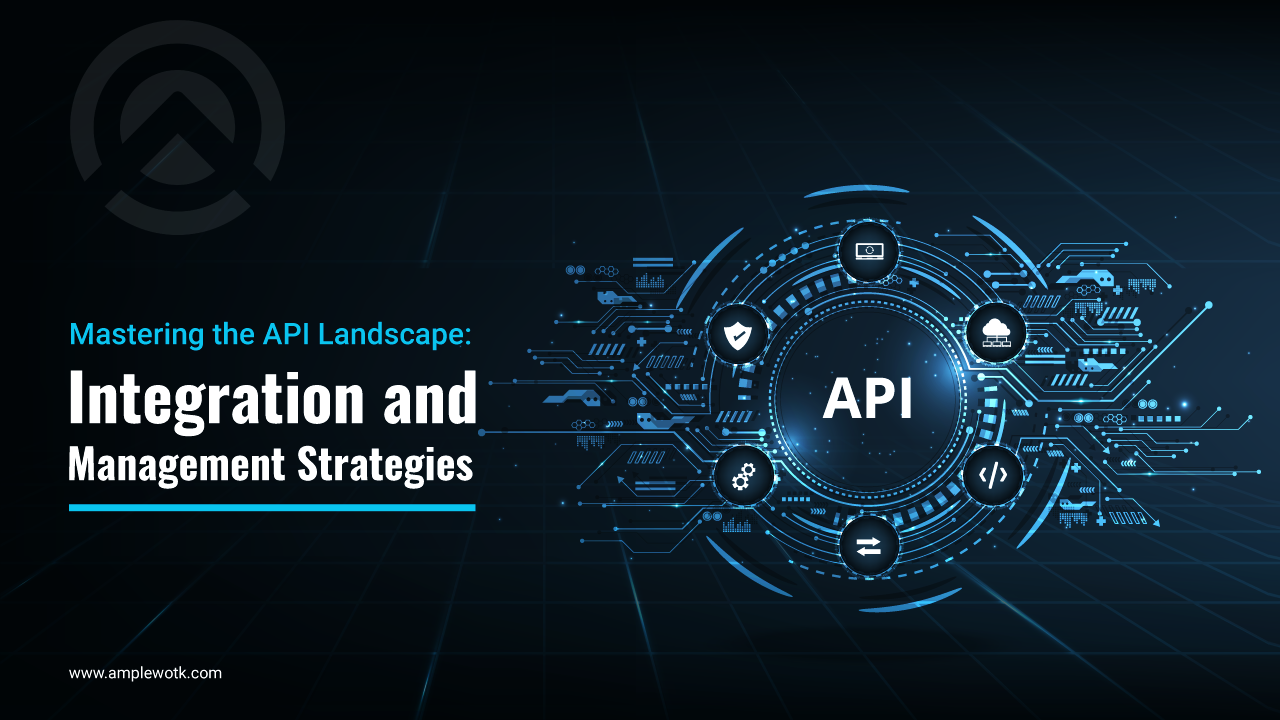User experience (UX) has evolved as a crucial element that may either make or break the effectiveness of a website in the constantly shifting online world. The interactions that users have with apps and websites nowadays should be seamless, quick, and personalized. Web designers and companies are turning more and more to API integration or Free Forex API Integration as a potent tool to improve the user experience as a means to meet these demands. The following piece will define API integration, and explain why it’s crucial for enhancing user experience, and provide some examples of its application in the real world.
Understanding API Integration:
Various software applications can connect thanks to an API, or application development interface, which is a set of guidelines and conventions. It outlines the strategies and data codecs that apps may employ to make information requests and share data. API integration, therefore, involves the process of connecting two or more software applications via their APIs to enable them to work together seamlessly.
Without having to invent anew, API integration enables websites and applications to access outside resources, data sources, or features. For instance, a weather app can interface with a weather data API to deliver real-time weather updates, and a site that sells goods can use payment processor APIs to handle transactions securely.
The Impact of API Integration on User Experience:
Why is API integration so crucial for improving user experience on websites? Let’s delve into the key reasons:
Enhanced Functionality
With API connection, websites can provide an increased number of amenities and capabilities that might need extensive in-house development and be expensive. This leads to a more thorough user experience. In particular, social media integration via APIs enables users to sign in with their current social media accounts, post material, and access their social media profiles without any difficulty on external websites.
Real-Time Data Updates
Users today crave real-time information. API integration with data sources such as stock market feeds, news outlets, or social media streams ensures that users receive up-to-the-minute updates, keeping them engaged and informed.
Personalization
Websites can collect data from user interactions and utilize it to deliver suggestions and personalized content thanks to APIs. For instance, e-commerce websites can make product recommendations that reflect users’ browsing habits and purchasing patterns, making for a more individualized buying experience.
Streamlined Transactions
APIs are instrumental in facilitating smooth and secure transactions. Payment gateway integrations, for instance, allow users to make payments swiftly and securely without leaving the website, reducing friction in the buying process.
Cross-Platform Accessibility
API integration can also enhance cross-platform accessibility. Websites can guarantee an identical user experience over different operating systems and devices, from desktops to handheld devices, by leveraging APIs, making it simpler for users to get to and navigate the site no matter the device they’re using.
Faster Load Times
Content delivery network (CDN) APIs help websites deliver content from servers closer to the user’s location, reducing load times. Faster load times contribute significantly to a positive user experience, as users tend to abandon slow-loading websites.
Real-World Examples of API Integration for Improved UX:
To illustrate the significance of API integration in improving user experience, let’s explore some real-world examples:
Google Maps API
Google Maps API is widely used to integrate maps and location-based services into websites and applications. Businesses can display their locations, offer directions, and even provide users with a street view of their storefronts. This integration not only enhances user experience but also improves the discoverability of physical businesses.
Social Media Sharing APIs
Websites frequently incorporate social media sharing buttons that allow users to share content with their social networks. These APIs simplify content sharing and increase user engagement by enabling users to effortlessly spread the word about your content or products.
Weather Data APIs
Weather data APIs provide real-time weather information, making them invaluable for travel websites, event planners, and outdoor activity platforms. Users can access accurate weather forecasts and plan their activities accordingly, enhancing their overall experience.
Payment Gateway APIs
E-commerce websites rely heavily on payment gateway APIs to process transactions securely and efficiently. These APIs enable users to complete purchases seamlessly, resulting in a frictionless shopping experience that encourages repeat business.
Challenges and Considerations:
While API integration offers numerous benefits, it’s essential to consider some challenges and best practices:
Security:
Handling sensitive user data through APIs requires stringent security measures to protect user privacy and prevent data breaches.
Reliability:
Ensure that the APIs you integrate are reliable and well-maintained to prevent service disruptions.
User Consent:
When integrating third-party services, respect user privacy and seek their consent for data sharing whenever necessary.
Scalability:
Plan for scalability to accommodate increased traffic and data volume as your website or application grows.
Documentation:
Familiarize yourself with the API’s documentation to ensure proper implementation and troubleshooting.
Conclusion:
API integration has become a cornerstone of web development, offering boundless opportunities to enhance user experience. By seamlessly connecting websites and applications with external services and data sources, API integration empowers businesses to deliver faster, more functional, and personalized digital experiences that today’s users demand. As technology continues to advance, API integration will remain a key strategy for businesses looking to stay competitive and provide exceptional user experiences.




